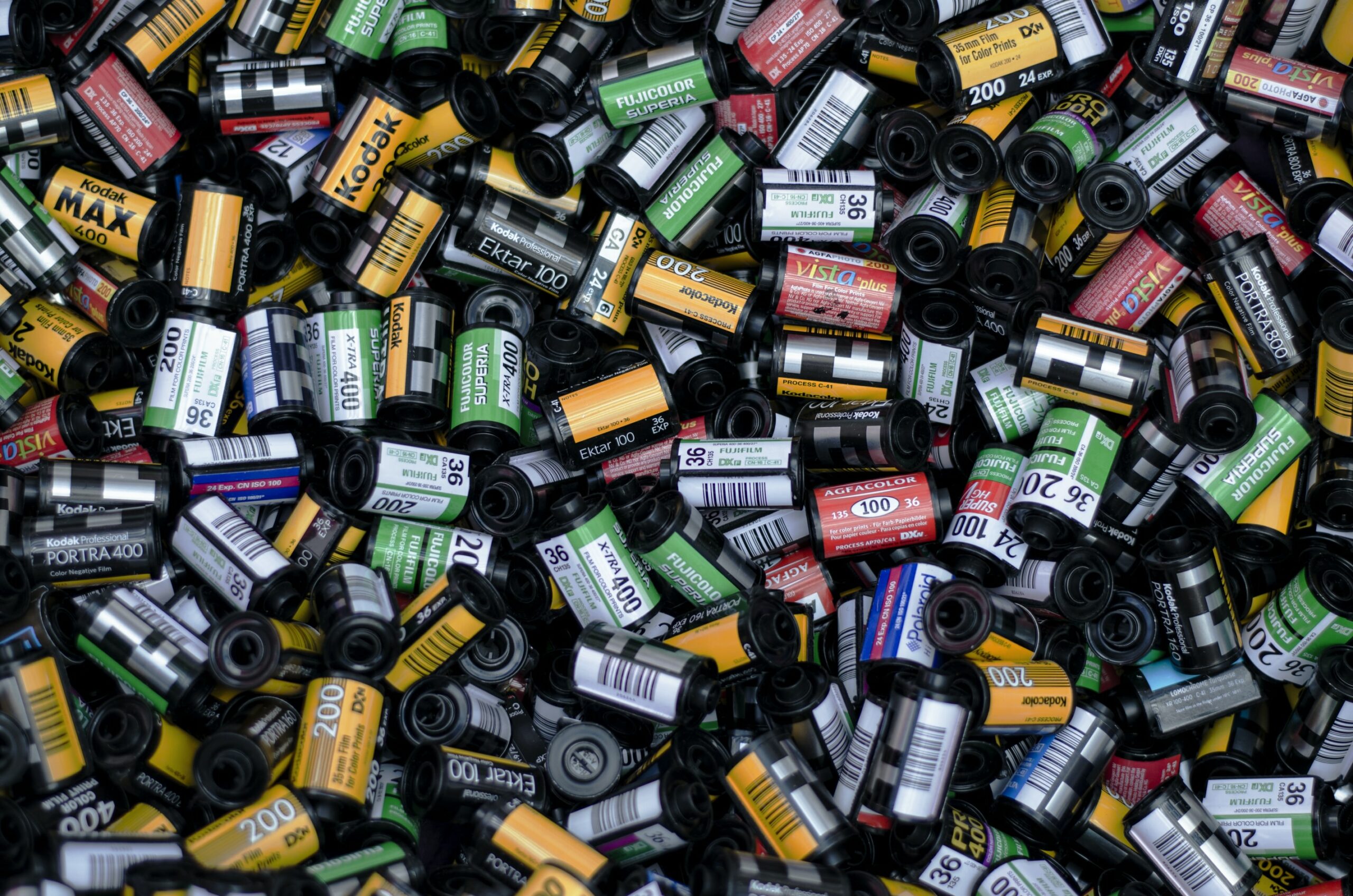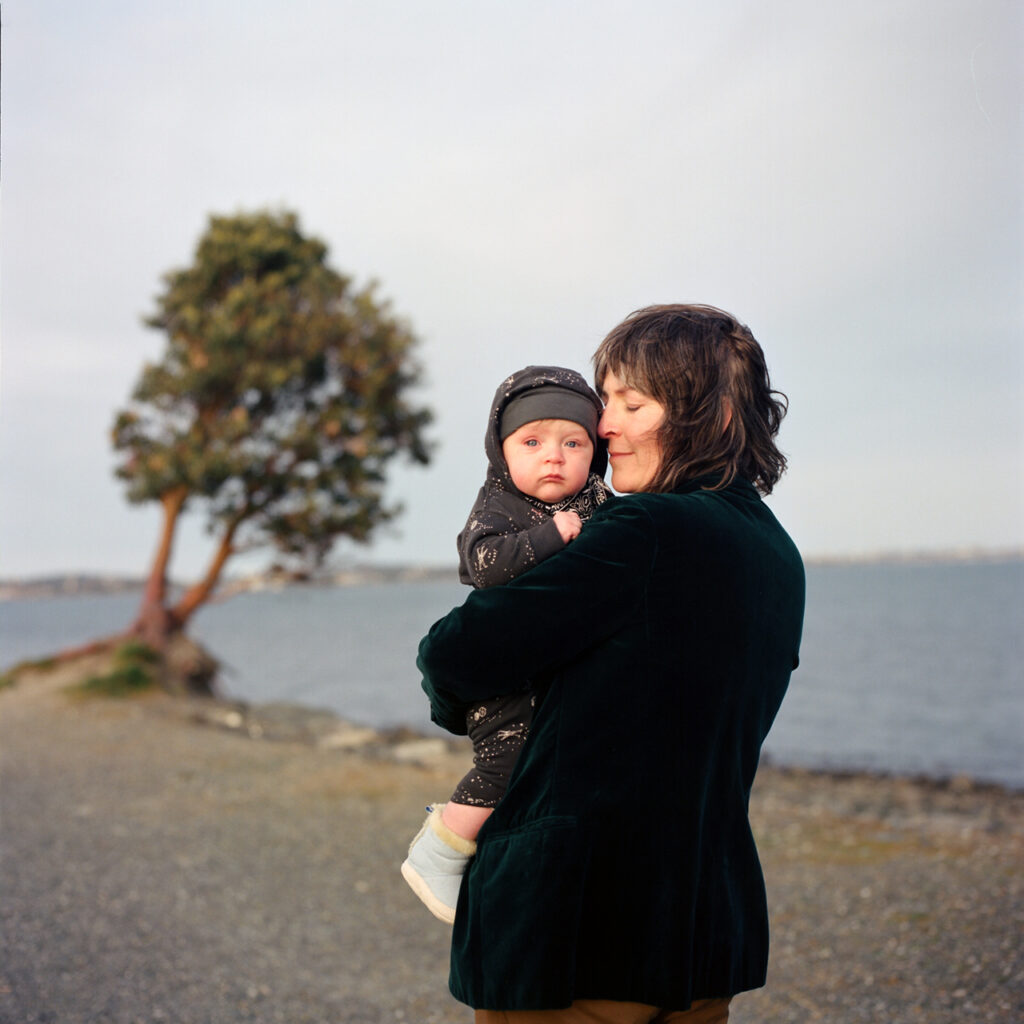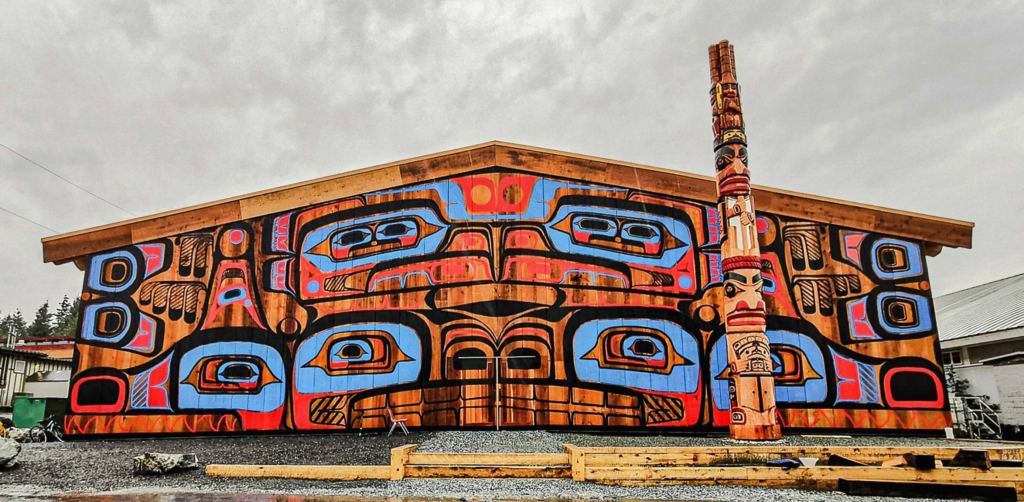How did you begin taking photos for this project? What was it like capturing those photos?
I’m the kind of person who heals through taking pictures. Immediately after my dad died, I started taking the first photos about his death. I went to the room that he died in and photographed it, and then it just evolved from there. My grandfather had painted a portrait of me when I was a child and I knew that my dad would have it. I went to his room to find it. I went without my camera but I knew as soon as I entered the room that I needed to photograph it. The room was loaded with tragedy and emotion. I felt a lot of sadness in that room. I needed to figure out how to cope with [his death]. I don’t even think that at the time I realized that was what I needed.
The photos that make up Grief Point are so intimate and personal. How did you build trust with the people you photographed?
I think that, in general, the overdose crisis has been covered by the media in really problematic ways—ways that often re-stigmatize the people who are involved. I wanted to cover it in a different way, and to me that meant shifting focus from drug use to loss. In order to do that, I needed to photograph people who had lost someone. I was able to connect with them because I had also lost someone in the same way. They could trust me and trust that I wouldn't do a disservice to the topic. I don't know how I get emotional pictures. I don’t have a tactic. Although the photos are "posed," because they're not candid photos, I'm not posing people. I don't want anyone to be anything they're not. So, I just work with that. I just let people be who they are. I just let them exist as they are. I think that when you do that people open up to you and decide in their minds that they can trust you.
Can you speak about the problematic ways the overdose crisis has been covered in the media?
Photographers leaning on imagery that is abusive, imagery that harms the subjects that are featured—I’m tired of that. Photos of people using drugs are unnecessary. We all know what drug use looks like. No one needs to be informed about that anymore. When we’re photographing people using drugs, we’re photographing them in a very vulnerable moment. A moment that is not anyone else's business. It is incredibly stigmatizing to just show that side of someone, because a person is not just their drug use. That imagery is repetitive and boring and harmful. I'm really opposed to it. Imagery is powerful and [when] I take photos, I think about how I'm representing people. I don't want to harm people—I just don't. That's my number one priority.
Your work has explored addiction, depression, and grief. Can you tell me why it’s important to you to use photography to shine a light on these difficult topics?
It's important for people to be seen. It's so instinctual to me, I don't think about it. I never wake up in the morning thinking “I need to do a project on depression.” I just take pictures and then themes emerge. With my dad, it was a little bit of both. I started taking pictures because I needed that, then it sort of became something that was more intentional. But I don't have time for anything that's fake or frilly. There's a time and a place for things that are just beautiful, but that's not who I am as an artist. I make work based on the themes which impact me every day, because I don't know how to not do that.
My earliest recollection of actually taking photos is when I was eight years old—my brother was born and I took photos of him constantly. That's sort of how I got started. My interest is in people; I think that the reason I take pictures is to find common ground. And the way that I find that is through people—people's experiences, people's emotions, people's physicality. For me it’s about connection and being seen. If you can see yourself in imagery that's out there in the world, then you can feel accepted. I mean that's what happens for me. When I see photos I can connect to, then I feel okay in the world a little bit.
What do you hope remains in the minds of people after they see Grief Point?
I hope that people understand that this is a story of nuances. It's not a black and white story. I hope people walk away understanding that people who use drugs are members of families. I'm not glorifying [drug use]. That's not the point of this photo series. The point is that people are being lost because of policy failure, essentially. The war on drugs is extremely problematic and has never helped people recover. Criminalizing someone for doing something will never stop them from doing it, it will only make their situation worse. And, you know, it's absurd to me that the government gets to decide what we put into our own bodies. And then people are just constantly punished for being poor and not having resources.
I went into Science World recently to look at [Grief Point] and I was just standing there looking at the photos, and watching parents look at it with their children and talk to their children about what they were seeing. I saw actual dialogue happening in front of my eyes between parents and children and it made me extremely emotional. I started crying. But that's good, you know, that's a very good thing. It's like the best I could hope for with this project.
This interview has been edited and condensed for clarity.
Discover more stories.
Visit our latest exhibition, Trailblazing — Women in Canada since 1867, presented by Acuitas Therapeutics, and explore the stories of women who have played an important role in shaping the Canada we know today.


